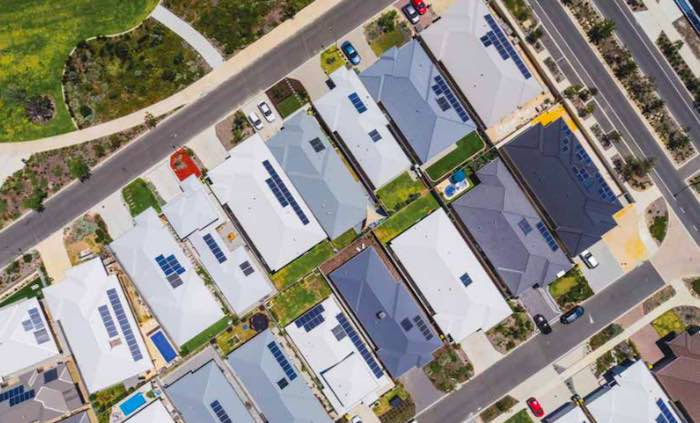Australian scientists have teamed with Google’s secretive research and development arm to work out a way to put more renewable energy into traditional electricity grids.
The company’s so-called “moonshot factory,” X, announced on Tuesday it had joined with the CSIRO to develop smart inverters with the potential to accelerate the transition to renewable energy.
Scientists from both firms say the inverter prototypes, some of which have been tested in Newcastle, have the potential to stabilise electricity grids and put more solar, wind and hydro power into networks.
The announcement comes amid a fierce debate over Australia’s energy future, with the Labor government committed to a target of 82 per cent renewable energy by 2030 and the Coalition arguing the case to build seven nuclear plants by 2050 instead.
The smart inverters are being developed as part of X’s renewable energy project called Tapestry.
The company’s prototype inverter, which is based on technology from an electric car, features more sensors, software to allow it to communicate with solar panels and batteries, and a tougher material, silicon carbide, than a traditional inverter.
Tapestry chief scientist Leo Casey told AAP the smart inverters were designed to manage the flow of renewable energy into a traditional electricity grid to avoid oversupply, respond to demand, and eliminate blackouts.
“Through the world, we’re having trouble where we try to get more and more renewables into the grid and the trouble is the interaction between the old grid and new devices,” Dr Casey said.
“The fundamental aim is to get more renewables on the grid but to do it in a way that’s stable, and then we hope that … this design has a lot of extra smarts that can bring other things to the party.”
CSIRO principal research scientist Julio Braslavsky said the agency had tested a low-powered version of the smart inverters and had ordered equipment high-power trials in August.
Dr Braslavsky said if proven, the technology could make it possible to use more of the renewable energy coming from Australia’s rooftop solar installations, moving the energy to where it is needed in the network.
“One of the targets is to get these inverters to balance the grid in real-time,” he said.
“By being able to distribute this power better, it will mean we reduce congestion and it will enable that power to be used where it’s needed without having to purchase new generators or extra generators.”
Dr Casey said the team would present some of its findings at an energy conference in July and hoped to inspire interest in testing the devices in existing electricity grids.
Tapestry general manager Page Crahan said the project’s ultimate goal was to create greener, more stable electricity networks and change the way countries think about renewable energy.
“The thing that gets us out of bed in the morning is to show people globally that we can run an energy system with a lot more renewables than we do today,” she said.

